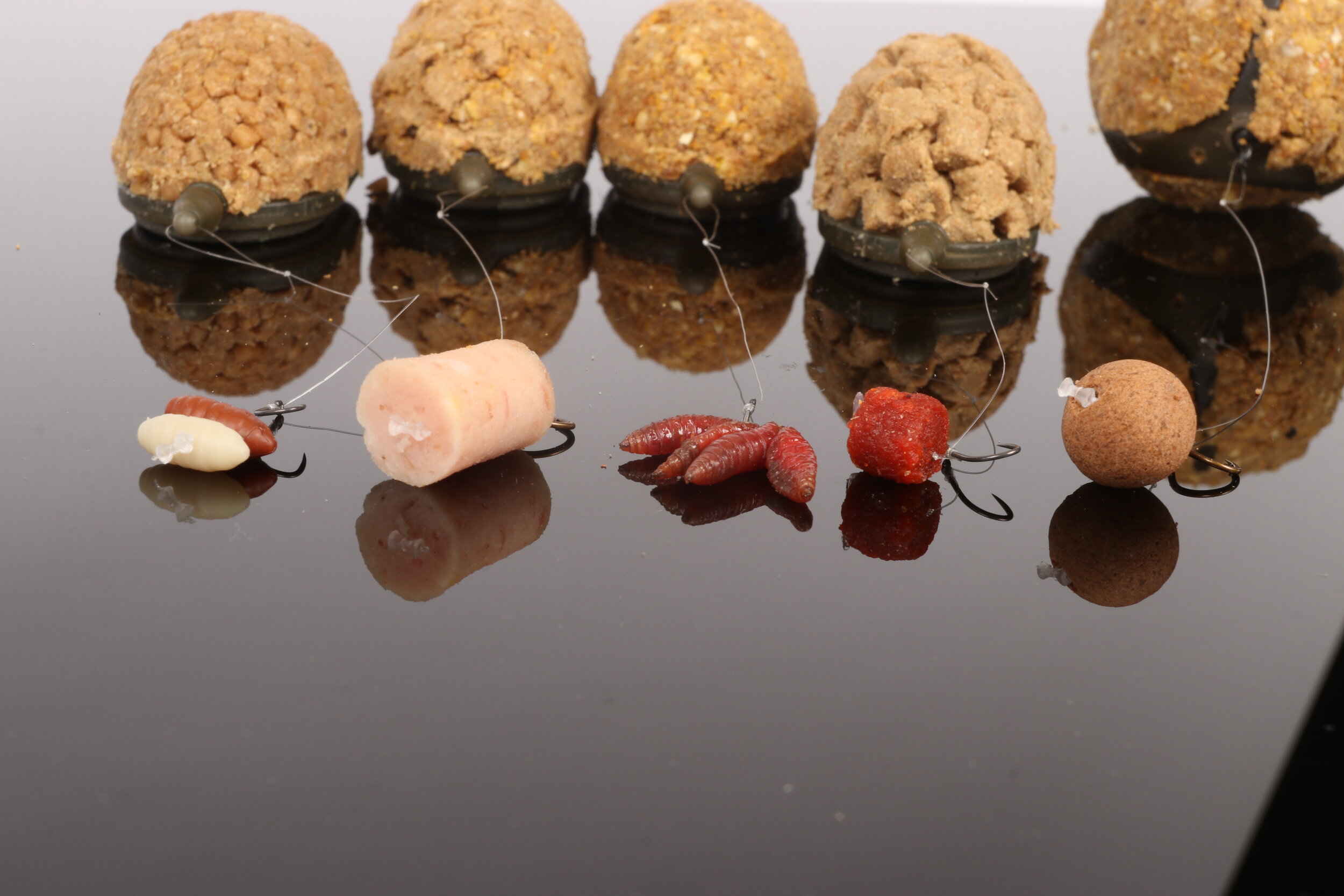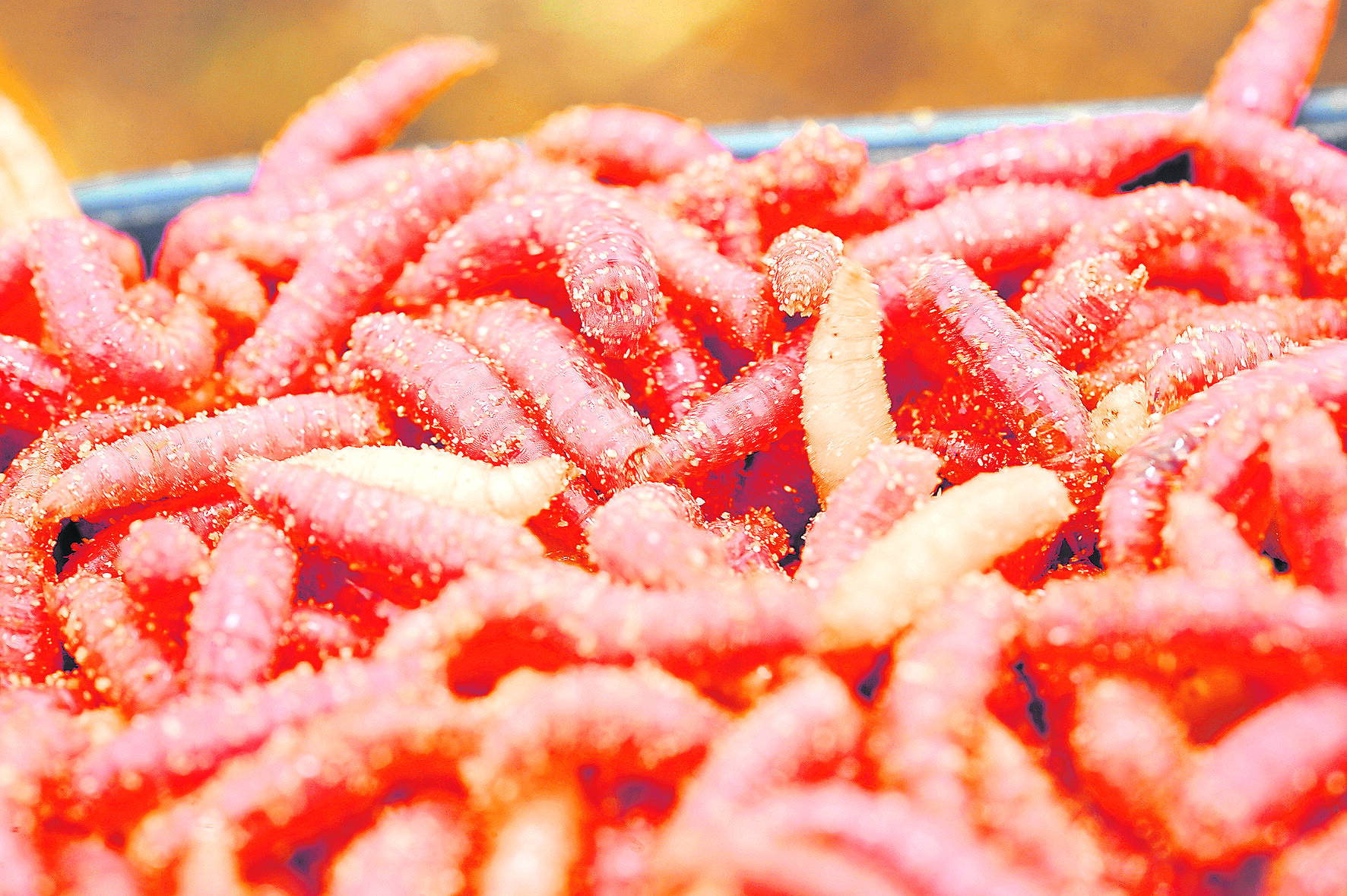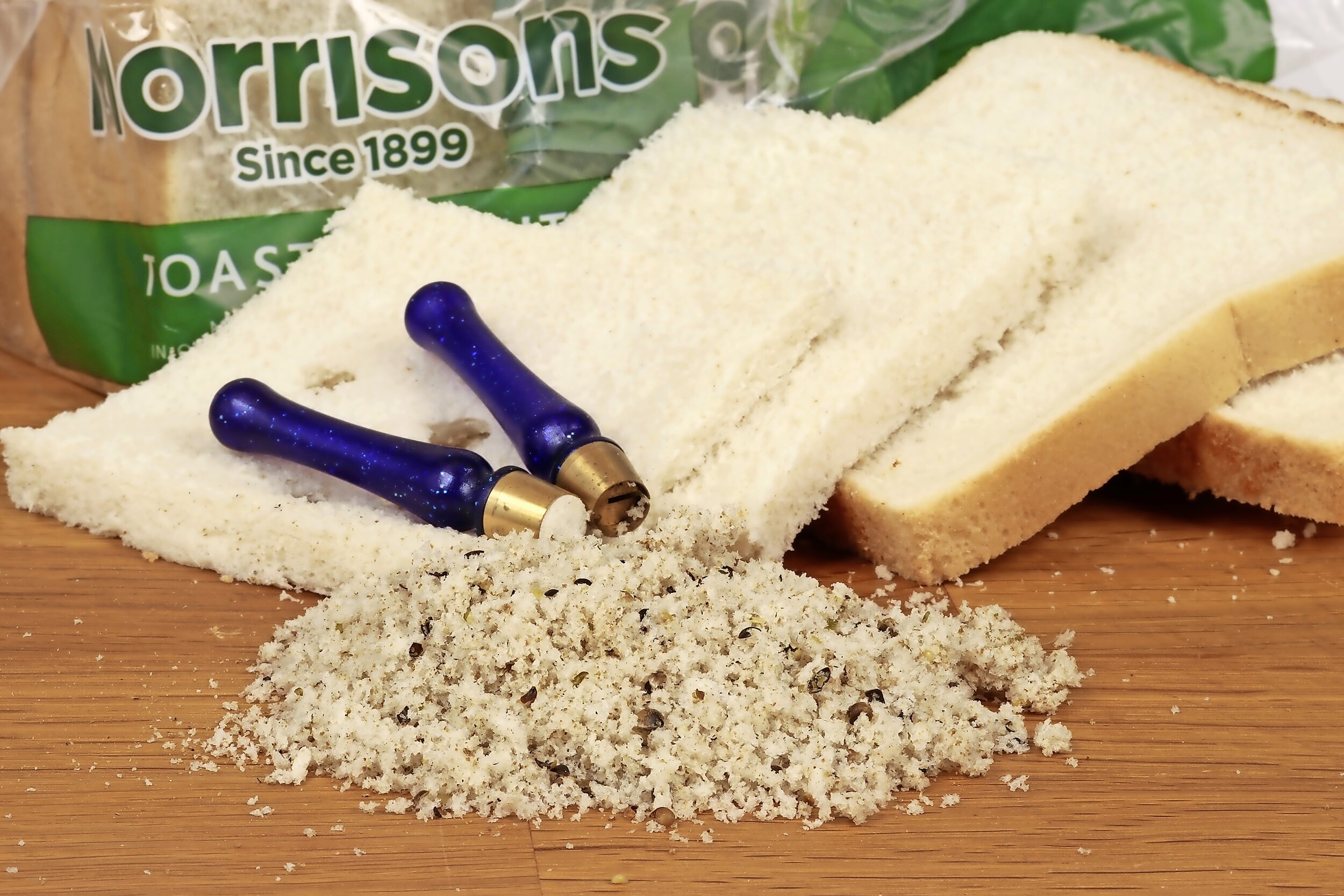10 Early season secrets to help you catch more F1's
There’s no doubt that our stillwater venues are starting to wake up from their winter dormancy, and the fish are already beginning to respond to a bit of feed. Thankfully, tactics such as dobbing bread are now firmly on the back burner, and one bait is coming to the fore – pellets.
Just lately it seems the F1s can’t get enough of them! It’s strange, All winter it’s been maggots and bread, but I guess now the water has warmed up a degree or two the fish simply want to feed. Pellets are far more nutritious than other baits, so try these early-season tips to get the best out of your pellet fishing now…
1) Soaked micros attract fish faster
I am a massive believer in pre-soaking my micro pellets when I’m fishing and feeding this bait. This starts the breakdown process within the pellet and, perhaps just as importantly, soaking a 2mm pellet makes it sink that little bit quicker. This is vital when fishing for F1s because if the feed pellets sink too slowly you tend to get lots of false indications on the float.
A soaked 2mm pellet increases vastly in size once it takes on water. This means I can match my feed to my hookbaits, as I tend to use expanders on the hook.
2) Expander size does matter
I’m a big believer in keeping my options open when it comes to hookbait choice, so I carry a tub full of different sized – and coloured – expanders for the hook. I use expanders in 2.5mm through to 4mm diameters and normally start on a 4mm pellet.
Once bites start to slow down I will just drop down to a smaller expander to keep the bites coming. On the subject of colour, when the water is clear I like a light coloured pellet. This is purely down to visibility as a light hookbait stands out better.
3) Sprinkling feed pulls in more fish
The secret to pulling fish into the peg is to keep bait falling through the water, and so you need to choose a pole pot which has a sprinkle-type lid to help you feed the peg easily and effectively.
What I like to do is fill the pot up with pellets and then ship out to the required spot. Rather than feeding the whole lot in one go, as with normal pots, using a sprinkle lid allows me to get three or four feeds out of each potful of bait.
4) Pot position is crucial
Loads of anglers get this wrong. For accurate feeding your pole pot should be right at the tip of your pole – no more than an inch back. This way, when you tap your bait out, you know you are doing so right on top of the float. It also means your hookbait is in among the loose offerings rather than being 6ins past them.
This may seem like really a obvious tip, and maybe it is, yet it never ceases to amaze me how many anglers I watch feeding for F1s with pots positioned well back from the pole-tip.
5) Light floats will get you more bites
At the moment, with the water still being relatively clear, I’m totally convinced that light floats produce more bites than more robust patterns. They allow the hookbait to behave in a more natural manner. As a guide I use a 10x11 float in 5ft of water and drop to a 6x11 in 3ft.
There’s no better float than the MW F1 Slim (right). This is a slim-bodied float which has a short tip, offering little resistance on the strike as well as sitting quickly in the water.
6) F1's come shallow, even in the cold
When F1 fishing perhaps the hardest part is working out what depth the fish want to be at on the day. At the moment, with the water still cold, it seems the F1s are at their happiest either across or down the edge. This, I believe, is because the water is shallower here and consequently when the sun is out it warms up that bit quicker.
Once the weather and the water temperature start to settle down, though, you will find the F1s will venture back into the deep water once again.
7) Good anglers move swims regularly
Moving swims is very much part of pellet fishing. What you’ll find is you will get a quick run of fish before bites fade. When they do, the best thing is to start a new line. Take today, for example. I was catching on six pole joints straight out in front for 45 minutes before it died.
I then simply added a short half-butt section and fished half-a-metre past my original line and caught again instantly. If you move and get no response, be prepared to move again until you locate the fish.
8) F1's respond to the 10-second rule
When it comes to pellet fishing I’m a massive believer in making the fish ‘have it’ as opposed to waiting for them to do so – and the best way of doing this is through lifting and lowering the rig. This causes the hookbait to rise and fall in the water, a motion that F1s often find irresistible. Bites tend to come just as the float settles back down again.
The best way is to lift the float 6ins-8ins clear of the water and then slowly lower it back in. I then let the float sit for 10 seconds before repeating the process.
9) You'll catch more by dotting the float down
Where pellets are concerned F1s are very delicate feeders, so I fish with my float dotted right down so that you can only see the tip, and I lift at every indication. When I say ‘lift ’I mean exactly that – there’s no need for a hard strike. It’s just a lift of the pole. If a fish is on then I’ll ship it back and if it isn’t then I’ll simply lower the float straight back down again.
Sometimes you’ll lift at the tiniest of indications and think ‘that can’t be on’, only to see elastic stream from the pole-tip and a great big F1 end up in the net.
10) Back shots and a tight line will bring more F1's
Perhaps one of the best tips I have ever been given for F1 fishing is the use of back shots – and when it’s Alan Scotthorne who passes it on you definitely take notice! I fish a string of No9 back shots above the float, with the first one set 3ins above it and the rest spaced at 3ins intervals right the way up to the pole-tip.
Using back shots means I’m forced to keep the pole high and tight to the float. If I drop the pole low, the bottom back shot will sink the float. Using back shots I miss very few bites, as there is no slack line between pole float and pole-tip.



















